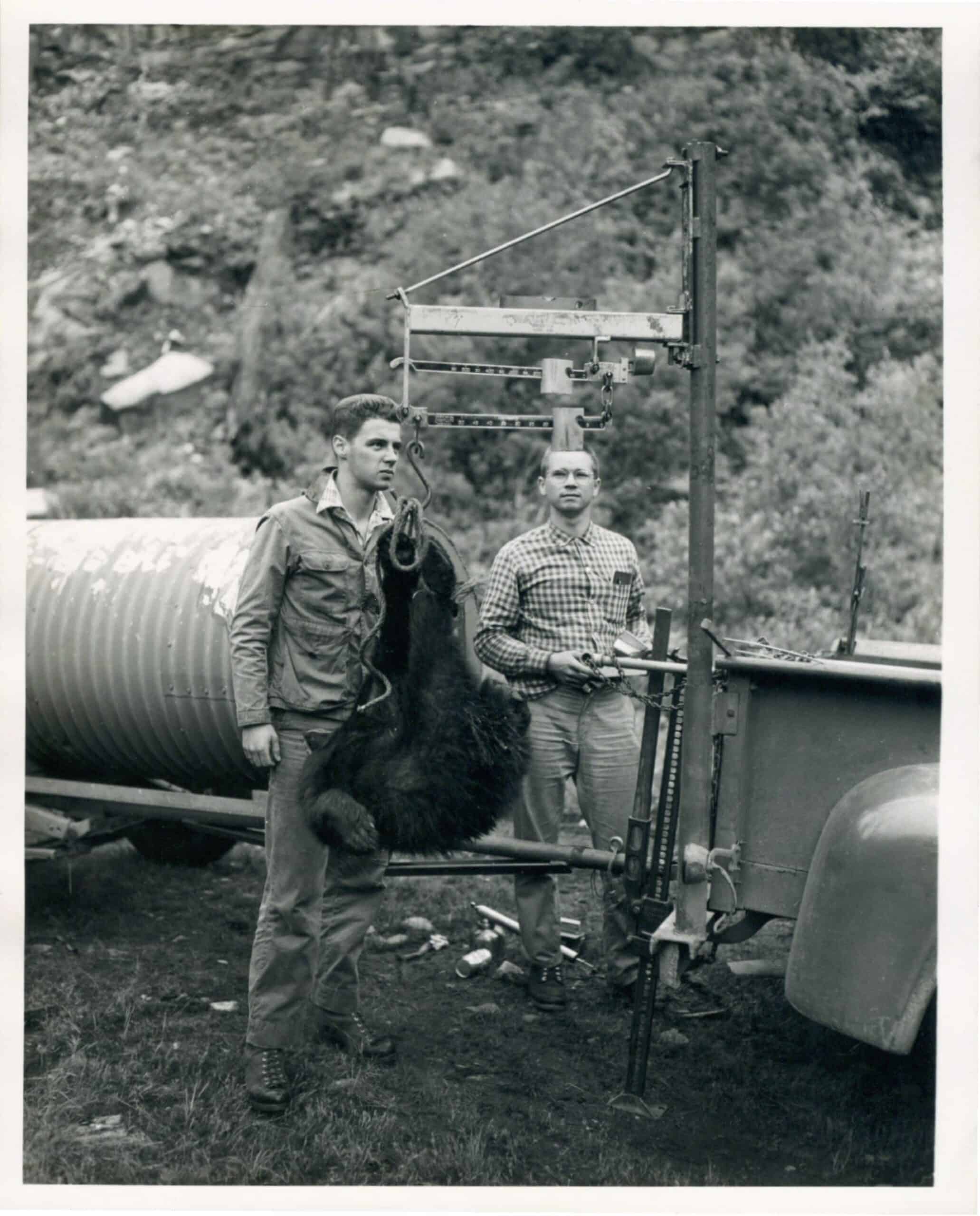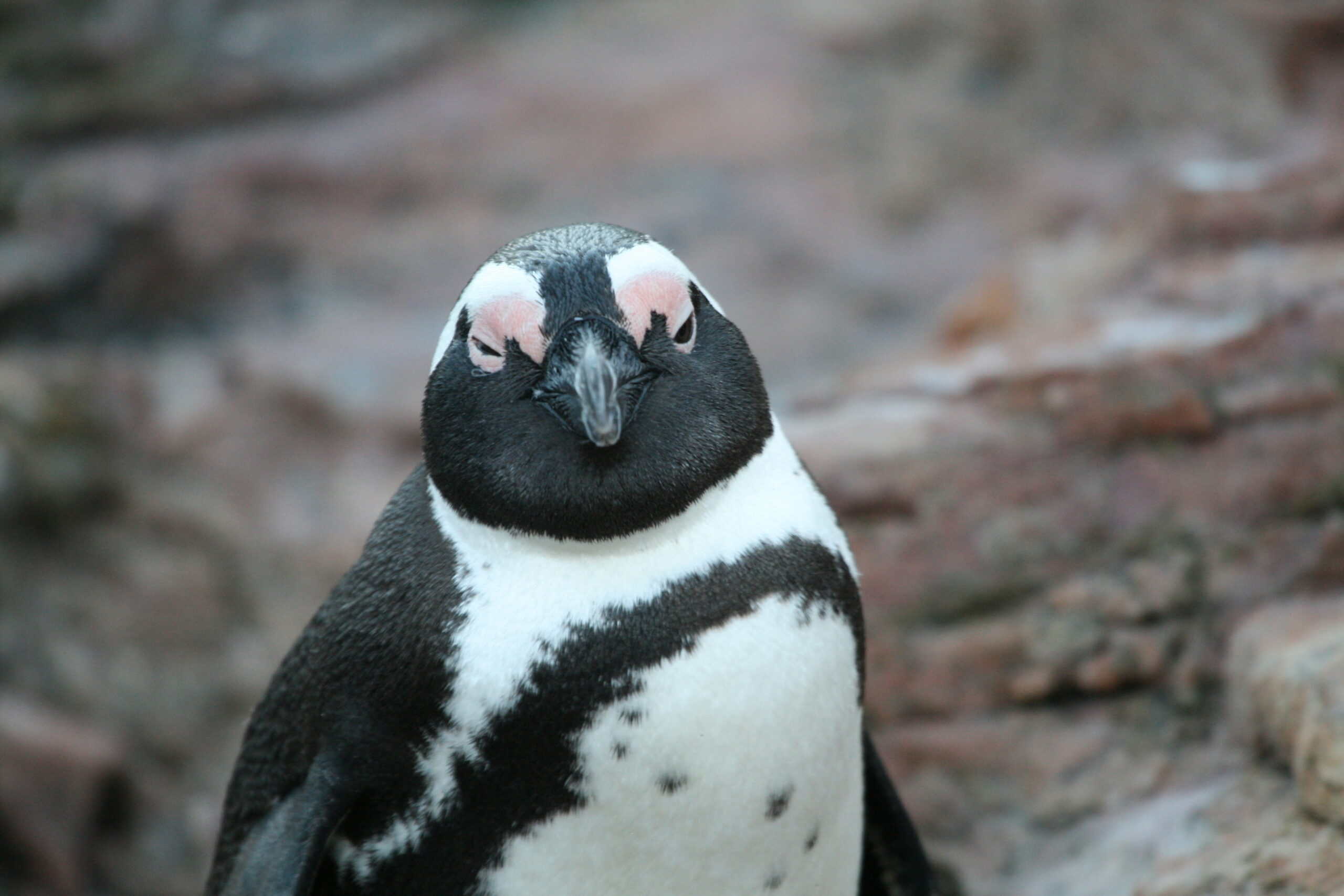Share this article
Groundbreaking Wildlife Harvest Study Impending
If you ask longtime TWS member Shane Mahoney what inspired him to take on the most comprehensive wildlife harvest study ever created, he will simply reply “madness” and chuckle.
When he founded Conservation Visions, Inc., Mahoney made it his organization’s mission to emphasize the interactions of humans and nature, therefore focusing its efforts on promoting sustainable natural resource use.
His latest undertaking, the Wild Harvest Initiative, goes back to the very roots of human existence. Currently in the planning stages, the five-year study will measure the biomass of wild animal protein harvested recreationally throughout the United States and Canada each year. Conservation Visions and its partners will compile available fish and game harvest data from state and province wildlife agencies to analyze this protein as a sustainable food resource.
In theory, the purpose of the study is to make all citizens — not just hunters and anglers — aware of the incredible food resources we have in our forests and waterways, and create a common ground for conservation through something we all care about: sustainable food. “Even if you don’t hunt or fish, surely you are concerned about quality food, organic food,” Mahoney said. “If you think about it, then the only way to safeguard that is to keep those landscapes productive.”
To prove how much all this matters, the Wild Harvest Initiative will assess the nutritional, cultural and economic value of recreationally harvested food, as well as the ecological benefits of obtaining food from the wild. Our wild areas, be they public or private, naturally and effortlessly produce food, which can be retrieved without damaging the environment. One of the focuses of the study is the cost of replacing this enormous amount of food with agriculture and livestock; things like the carbon footprint that it would create and how much fertilizer would need to be used.
Although this study appears to be heavy on statistics, there are significant cultural contexts beneath the surface. Mahoney says that the study has already attracted individuals interested in its sociological implications and while the study itself won’t probe those, the hope is that it will inspire others in the academic community to dig deeper.
“We would never think of going up to the grocery store, buying a piece of meat and giving it to our neighbors,” Mahoney said. “But if we harvest something wild and we give it to them, they not only see it as normal and generous, but they are extremely pleased.”
The Wild Harvest Initiative will rely mostly on existing information from state and province harvest databases. Most states and provinces have publicly available harvest data, and the U.S. data is fairly extensive. Conservation Visions will analyze that data with the help of statisticians and other specialists. Mahoney’s goal in compiling this data is ultimately to encourage policy changes for the conservation of land, water and wildlife.
Already, partners such as the Dallas Safari Club, the Dallas Ecological Foundation, Quality Deer Management Association, Whitetails Unlimited, the U.S. Sportsmen’s Alliance, the Guide Outfitters Association of British Columbia, the Wild Sheep Foundation and the Florida Fish and Wildlife Conservation Commission have committed to the project and active discussions are in progress with others.
“Our best chance to conserve the natural world is to point out its value to people,” Mahoney said. “Rather than set it aside, we should be trying to find the best ways to live within it.”
Header Image:
The Wild Harvest Initiative will compile harvest data for gamebirds and waterfowl, fish, cervids, small game and more. Once the data is analyzed, it will be useful in determining how to harvest wild food most efficiently.
Image Credit Jim Peaco/ Yellowstone National Park








